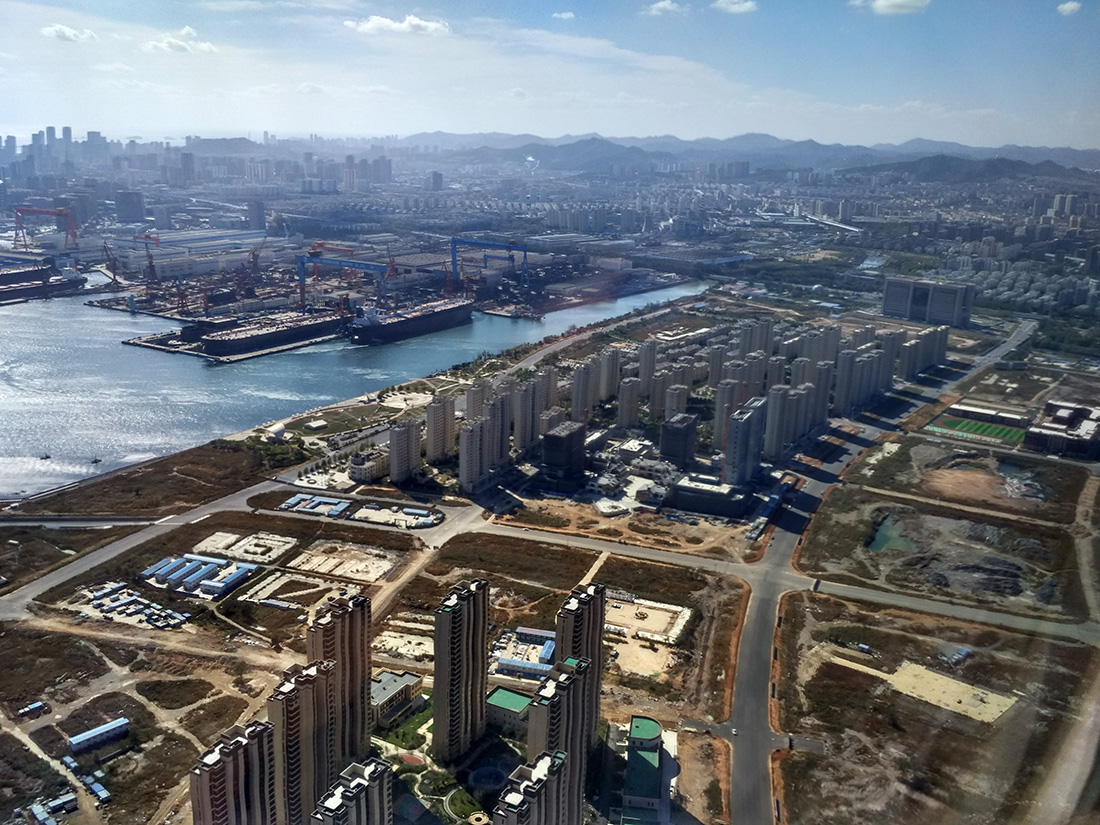If you colour a German map according to various socio-economic indicators, you will see a clear East-West demarcation. As Steffen Mau writes in Ungleich Vereint:
(…) Wer sich eine Vielzahl unterschiedlichster Indikatoren anschaut – Ausstattung der Haushalte, Erwerbsquoten, Kirchenbindung, Vereinsdichte, Anteil von Menschen mit Migrationsbiografie, Ausgaben für Forschung und Entwicklung, Exportorientierung der Wirtschaft, Vertrauen in Institutionen, Patentanmeldungen, Hauptsitze großer Firmen, Produktivität, Erbschaftssteueraufkommen, Zahl der Tennisplätze, Anteil junger Menschen, Moscheendichte, die Lebenserwartung von Männern, die durchschnittliche Größe der landwirtschaftlichen Betriebe, Parteimitgliedschaft, Kaufkraft, Wert des Immobilieneigentums, Größe des Niedriglohnsektors –, der kommt immer wieder zu dem gleichen Ergebnis: Eine Phantomgrenze durchzieht das geeinte Land.
I guess the most famous coloured map today is Germany’s electoral map–on which the (blue) Alternative fuer Deutschland scores a significant optical victory in the former GDR.
I was intrigued to learn about additional dimensions of persistent East-West differences, particularly in health, and focusing on those born around the fall of the Wall (reflecting my recent interest in the subject matter). The trigger for this was the press coverage of Lara Bister’s award-winning PhD dissertation.
Continue reading →


